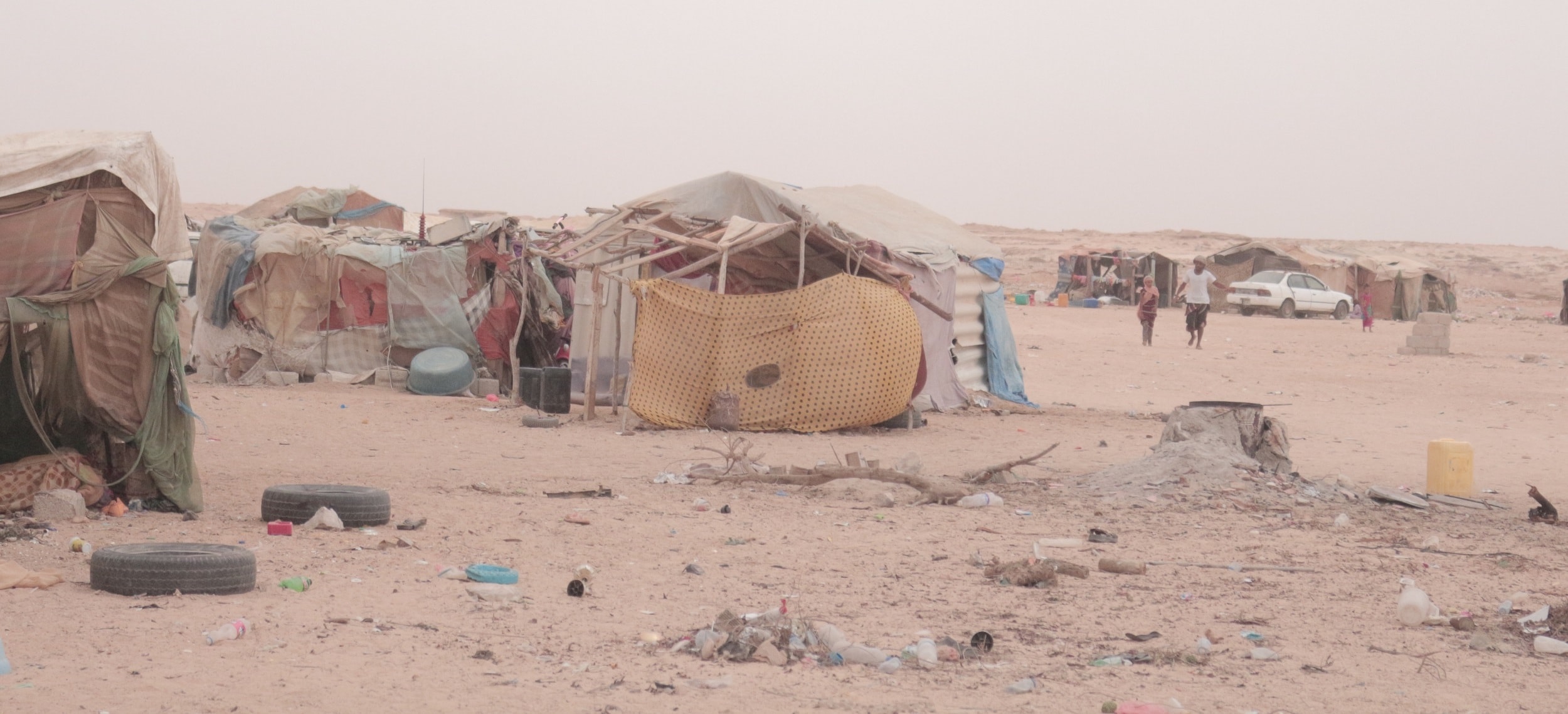
Northern IDP camps in Al-Ghayda in Al-Mahra (South24)
Last updated on: 18-08-2022 at 12 AM Aden Time

Abdullah Al-Shadli (South24)
During an expanded tour by car or on foot in the city of Al-Ghayda in Al-Mahra, a visitor will face difficulties seeing a shop owned by one of the governorate’s locals. A large percentage of the shops in the city is owned by Northerners, some of them escaped from the war and others have been living here for many years.
In shops, markets and even pharmacies, Al-Mahra’s visitors can see workers and employees chewing Qat which was not familiar here in South Yemen according to the governorate’s citizens. Officials and experts here said that the governorate faces the risk of demographic changes and disorder in its population structure. On the other hand, others believe there is exaggeration in that view.
Sources in the local governorate told “South24” that the number of families which moved to Al-Mahra till last year exceeds 21,000 families and that “all of them are from North Yemen”. According to the sources, the number of the displaced families has multiplied since the outbreak of the war along with those who came for trade and the families of the soldiers since the pre-war.
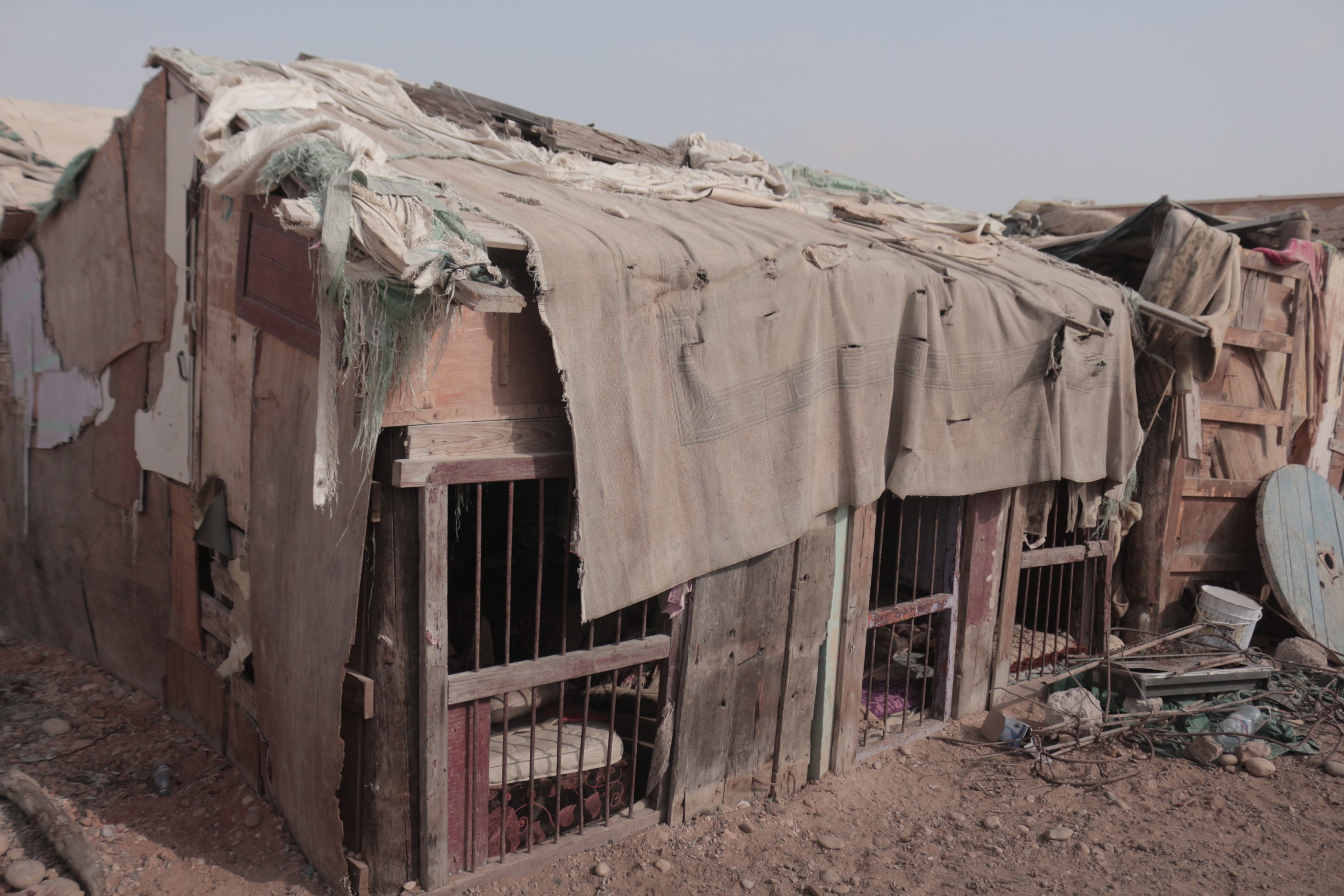
Homes for Northern IDP in Al-Ghayda, June 23rd 2022(South24)
In this report, in the wake of a field visit made by “South24” to Al-Mahra for a closer look, we monitored observations and indicators regarding the problem and we asked officials, experts and citizens about their opinions.
What are the demographic changes?
Engineer Khalil Oboodan, the Head of Studies and Rehabilitation at the Mahra Foundation for Humanitarian Affairs described “demography” as being the population structure of a certain area and studying the people’s characteristics. This includes size, growth, density, distribution and the population structure. This is in addition to the factors and the social and economic consequences relevant with the population changes such as development, education and living.
He told “South24” that “in normal circumstances for a stable area, the demographic characteristics are considered fixed as the difference- whether it is increase or decrease- between the birth and death rates is an amount that tends to rise by a fixed percentage”.
He added: “The demographic changes take place for several factors including for example migration due to climate or economic changes, natural disasters as well as sectarian and ethnic conflicts. Moreover, population changes may be planned. They are defined as the directing the population to migrate from one area to another one in order to make deliberate and predefined changes within the demographic structure of the other area”.
The beginning of the changes
Observers and activists from Al-Mahra said: “Because of the security, the stability and the coexistence of the peaceful Al-Mahra's society along with the Northern forces' control on the governorate, displaced people and the newcomers exploited the facilities made by these forces seeking to form their own private communities in Al-Mahra”.
In this regard, Oboodan told “South24” that “in the second quarter of 2015, big displacement waves to the governorate took place from the governorates affected by the war, especially Aden, Lahj, Abyan, Taiz, Hodedah, Sanaa, Amran and Marib”.
He added: “The number of displaced families reached about 1700 according to published media reports at that time. With the Arab Coalition’s intervention and the victories achieved by the Southern resistance, most Southern IDP left while the Northern ones maintained their big flow in large numbers from Taiz, Ibb, Hodeidah and Sanaa”.
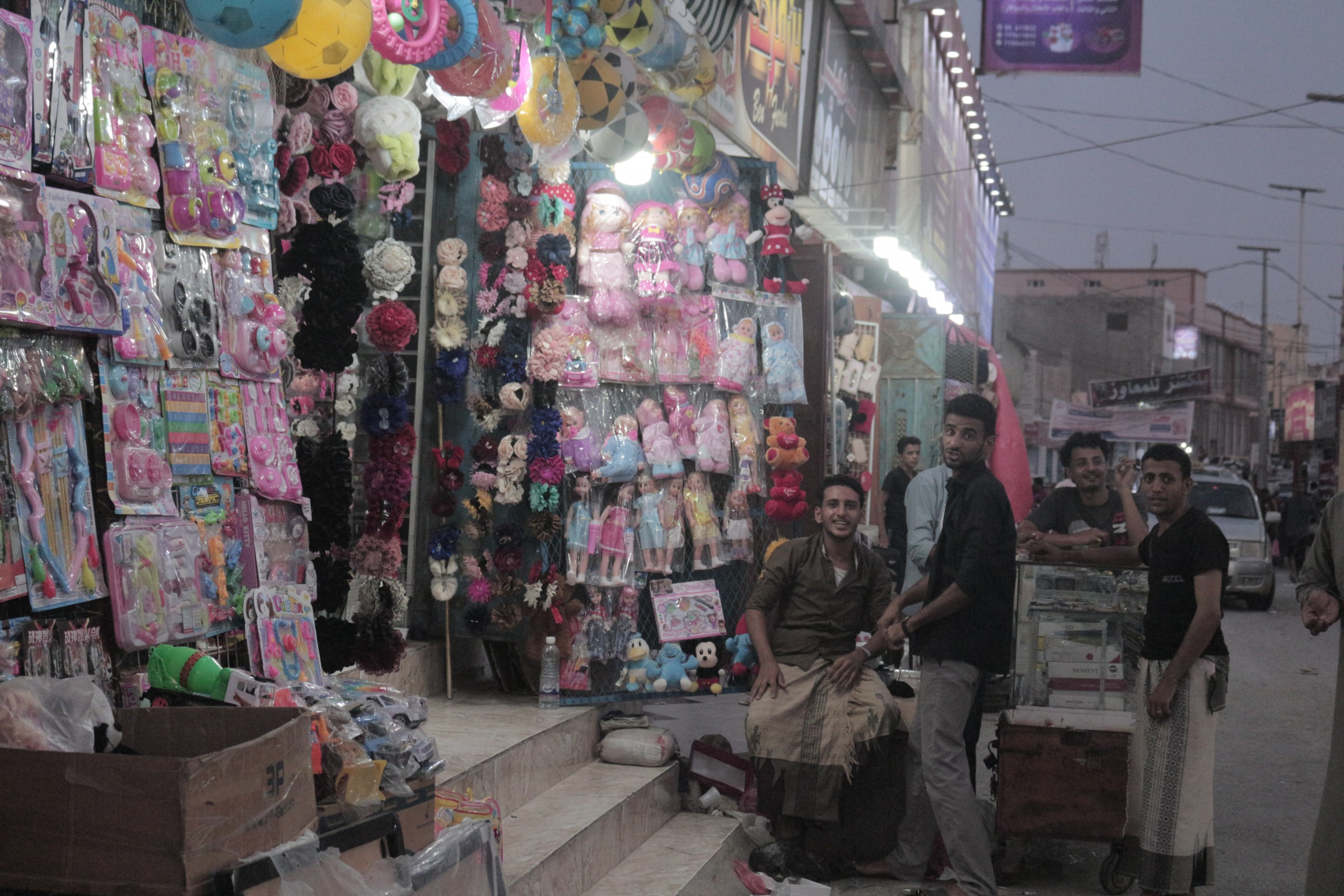
A shop in Al-Ghayda owned by a Northern trader in which Northerners works there (South24)
The expert explained that “those IDP have had a tendency to settle in Al-Mahra permanently even after liberating parts of their governorates, such as Taiz. Furthermore, the clashes have been calmed down on most fronts and the conditions have been stabilized in areas controlled by the Houthis as life flows in a normal way.”
Deputy Governor for Technical Affairs, Engineer Salem Al-Aboudi [he was later appointed as the Minister of Public Work weeks after meeting with South24’s correspondent] admitted that. However, he attributed the ongoing presence of IDP in the governorate to the stability and coexistence they have experienced within the Mahri society.
The concerns about the demographic changes in Al-Mahra are not a result of the displacement crisis in the governorate during recent years only. A large part of it is related to the Northern expanded influence militarily and even economically. According to Mahri activists, Northerners who came from the Houthi-controlled areas buy properties and large swaths of land repeatedly
On this regard, Khalil Oboodan said: “investments coming from outside the governorate multiplied and reached sensitive sectors, foremost of which is the real estate which is among the main future strategic pillars”.
He added: “Currently, it is remarkable that there are wide-scale purchasing operations regarding properties and land with high prices by people who came from the Houthi-controlled areas“.
He added: “Remarkably, big swaths of land since the former regime era were seized by influential security and military commanders under the name of military reservations. They later dealt with them to achieve personal gains. Moreover, some white areas or land reserved for the public interest are being seized and sold to attain personal interests”.
In light of this, Al-Aboudi said: “Some of those who came to Al-Mahra for investment bought big swaths of land from the tribes amid the weakness of the state’s prestige. They then divided them into parts and sold them with suitable prices which vary between 6000-10,000 Saudi riyals to escape the high rental prices in Al-Mahra”.
He added: “According to documents we received, most of those who bought those lands are from the Northern governorates, especially in the education and the higher education sectors as well as the military department. Local authorities recently took some measures for those who want to get housing”.
Al-Aboudi indicated that “there should be scrutiny and certain regulations in order to make the authorities aware of who come and who leave”. However, the official admits that “the local authorities are unaware of the entry and exit movement in the crossings”. He continued: “We trust all who come to the governorate and the security bodies to do their duties”.
Political activist Abdullah Bagaba told “South24”: “We don’t speak about possibilities but about a demographic change literally. Al-Mahra became extremely close to being a governorate for Northern people. This is very dangerous”.
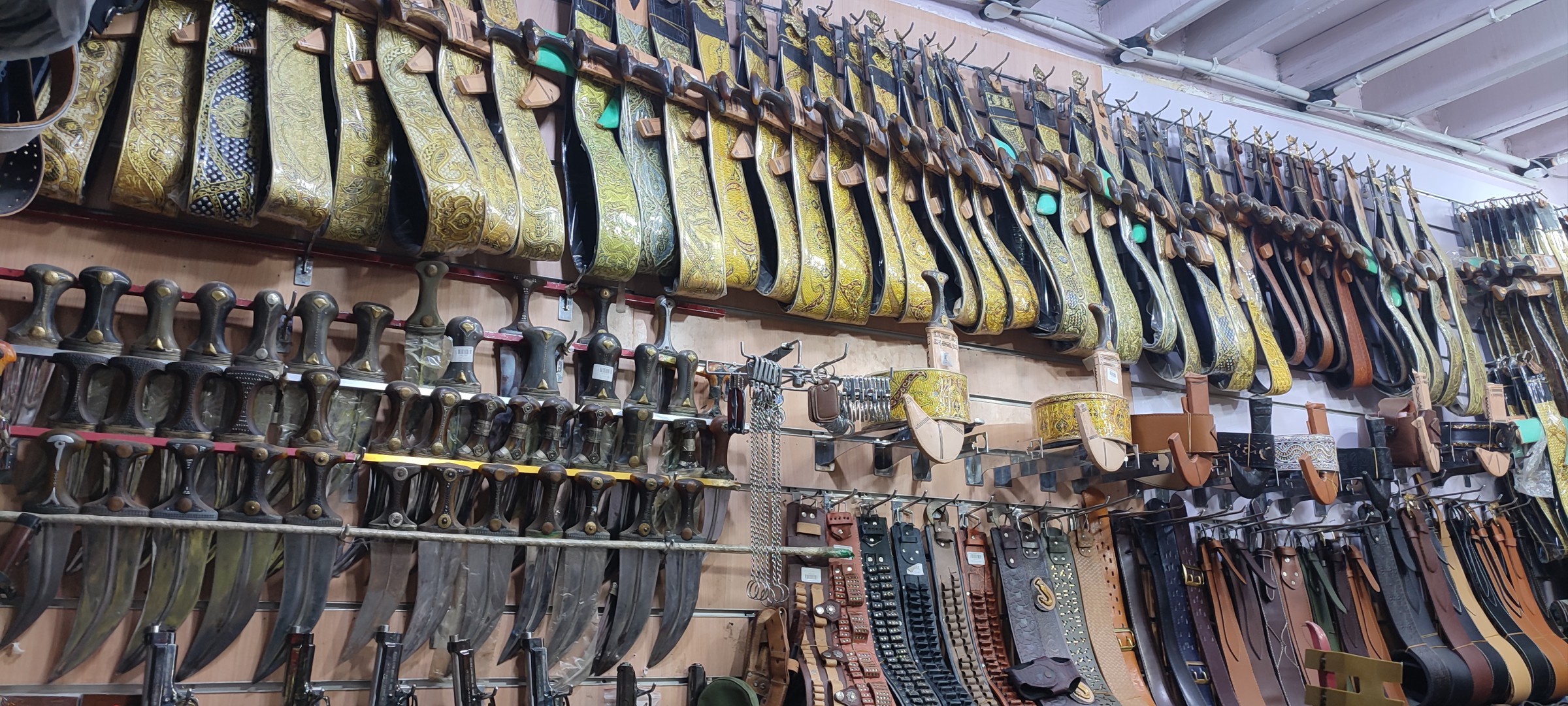
A shop owned by a Northern trader in Al-Ghayda sells daggers, traditional “janabis” and munitions (South24)
The Mahri activist considered that “the migration of Al-Mahra’s original people and not stay in their homeland helped to enhance this issue” He added: “The Northerners’ control on the governorate's joints, especially the military aspect led to the migration of much of original people whether seeking for work or stability in neighboring states”.
Bagaba indicated that “the Northerners’ flow to Al-Mahra began after the establishment of the Yemeni Unity not only for the sake of sustenance but for controlling it and considering it a Northern governorate according to their theory of returning the branch to its origin”.
Bagaba warned of the impacts and the political consequences of these continuous social changes adding that “Al-Mahra original people became a minority in comparison to Northern incomers. In case of ignoring this, the governorate may refuse disengagement if there is a referendum”.
The turmoil of the population structure
Regarding the turmoil in Al-Mahra’s population structure, Obodan said: “It is remarkable that there is an increase in the rate of newborns registered in official hospitals in the main cities of Al-Mahra in comparison to families from outside the governorate. This rate is one original newborn against 4 outsiders”.
Oboodan believes this is an indicator which can draw a picture about the extent of the impact caused by the imbalance of the population structure over the coming years,
He added: “The registration lists and the annual numbers of graduates from all the three levels of education (public-technical-university) show that the biggest percentage is in favor of immigrants from the Northern governorate”.
However, Deputy Governor of Al-Mahra, Mukhtar Bin Owaid Al-Jafari believes that talking about demographic changes in Al-Mahra carries exaggeration. He told "South24" that “they are Yemeni people like Al-Mahra’s citizens. They may pose risks and they may not. We welcome everyone who wants to live in peace and safely while we deal with the violators in a strict way”.
He didn’t deny the fact that “any displacement has negative effects at the internal and external arenas”. But he believes that “it is something wrong not to accept others. We will maintain our identity. Al-Mahra’s social structure won’t be disturbed”.
Legal sources told “South24” that “some Northern influential people got passports and Ids issued from Al-Mahra by using bribes”. The sources noted that “issuing more than one ids violates Article 56 of Civil Status and the Yemeni Civil Registry Law, 1991”.
Nevertheless, Al-Jafari denied those claims. He told “South24” that “When we knew that some people seek this, we strengthened the measures. No one got Al-Mahra ids while he is not belonging to it. No fake ids were issued. All who hold those positions are among the governorate’s locals”.
The impact on Al-Mahra
Oboodan believes that the political impact of the demographic changes will emerge after the war.
He added: “The post-war stage will produce a different form of political frame of the next state. The political settlement of the war and its emanating future entitlements will be fully connected with the extent of demographic pillars hardness upon which the governorate relies”.
He added: “Furthermore, this systemic influx posed a big pressure on Al-Mahra’s services and reduced its quality. It also has not created suitable circumstances for the return and the settlement of many of Al-Mahra’s expatriates”.
Oboodan said that “immigration remains a promising option for qualified youth and cadres from the governorate’s citizens. This will expand the gap of the population structure imbalance in favor of outsiders”.
As for social, cultural and religious impact, the expert said: “Some of Al-Mahras citizens learnt exotic behaviors such as chewing Qat and the spread of cheating among students. All of this has been exacerbated in the last ten years”.
He added: “On the religious level, Salafi groups outside Al-Mahra came to the governorate. In 2018, there was a collective arrival of groups from outside the governorate to some of its districts. They were supported by funding that enabled it to establish private religious centers, and to buy and rent housing for settlement”.
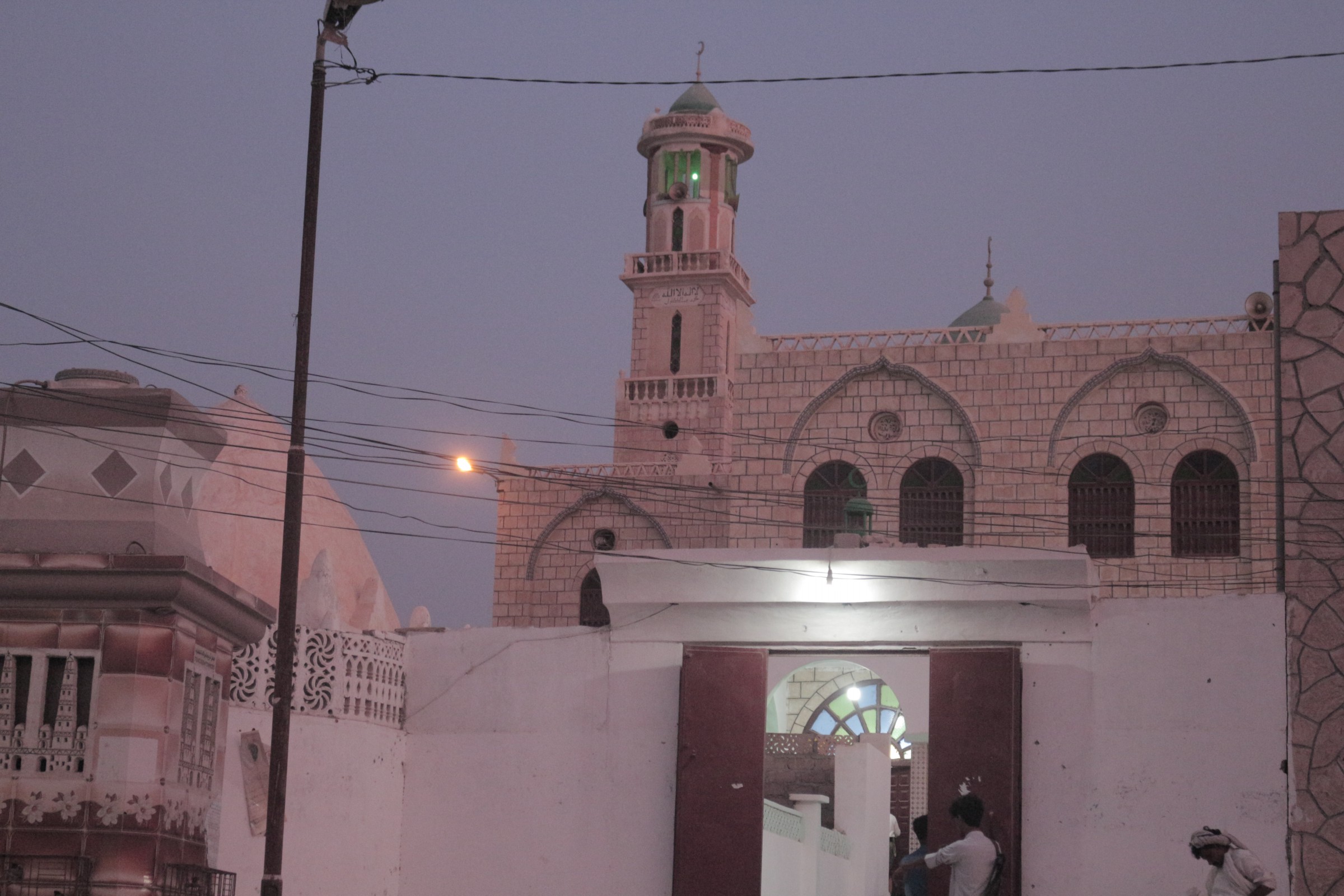
A mosque in the city of Al-Mahra, June 23rd 2022(South 24)
“These groups are known by their extremist religious nature which is against moderation that prevails in Al-Mahra” according to Oboodan who added: “The governorate’s people were alerted of that and protests erupted to refuse their presence”.
He added: “On the military and the security levels, most of the forces in Al-Mahra are from Northern people. Commanders and soldiers along with their families have settled in the governorate. Forming security or military forces from Al-Mahra’s original citizens is not allowed”.
Hassan Mahdi Balhaf, the STC’s Vice President in Al-Mahra, accused the Northern forces in the governorate of “coordinating systemic displacement to the governorate”.
He told “South24”: “these forces work to settle Northerners and the IDP in order to strip South off its land. They work for demographic changes and altering all fields of life across the Southern governorates including Al-Mahra”.
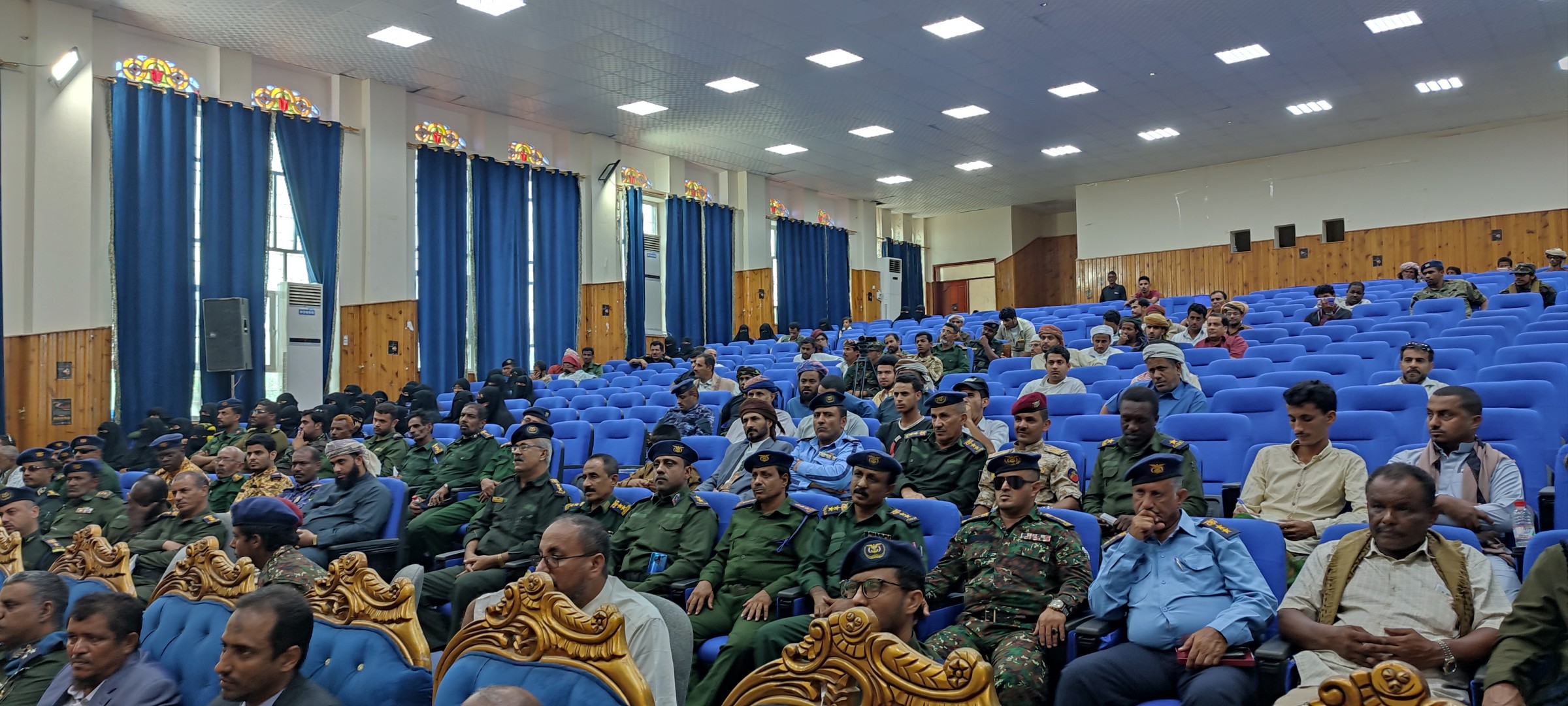
Northern officers in a seminar in Al-Ghayda, June 26th 2022 (South24)
The Southern official believes that the local authorities in Al-Mahra are also involved in this matter. He explained: “The Governor of Al-Mahra signed last year numerous alleged investment plans regarding Northern influential figures. This came as part of plans to settle and enable the Northerners”. South24 was unable to contact the governor's office to comment on these accusations.
On the other hand, the Deputy Governor said that Al-Mahra is subjected to unfairness by the government. He added: “The unfairness is still existent. There are no ambassadors or consuls or deputy ministers from the governorate. We hope that the government looks differently to Al-Mahra’s citizens. "
Over the recent years, Al-Mahra, the second largest Southern governorate, dominated the headlines talking about arms smuggling to the Houthis in North Yemen as well as the local voices who oppose the Saudi-led Coalition and call for rapprochement with the Houthis.
The governorate, which borders Oman, has many Northern military brigades similar to the 1st Military District brigades in Hadramout which have not been involved in any battle since before 2015. The political parties in South Yemen accuse these forces of enhancing the Northern control over the governorate which began in 1994.
Journalist at South24 Center for News and Studies
This report is part of a series of field reports prepared during the visit by "South24" team to Al-Mahra
To read the previous report (Al-Mahra: When Citizens Starve and Alienated in their Homeland)
Previous article